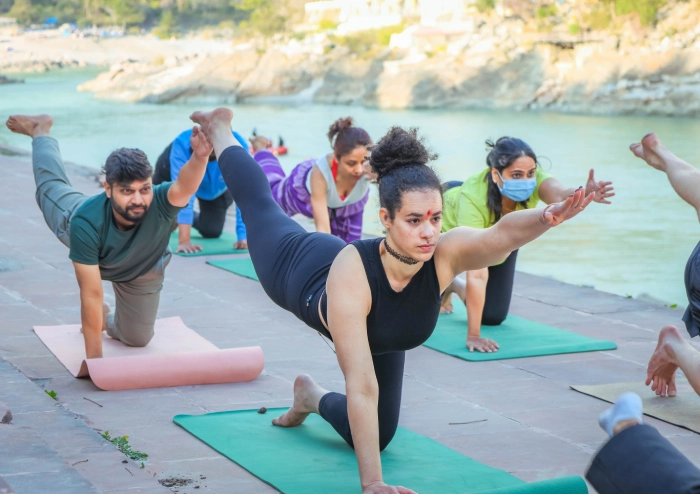Mantra
A mantra is a set of words that consist of specific sounds, vibrations received by ancient yogis, and seers which offer a powerful physical, mental, and spiritual benefit. There are many kinds of Mantras available for different purposes. You will be learning;
- Art and science of Mantra
- Mantra and its power
- How mantra is made
- The misconception that mantra is a religious chant
- Sound vibration
Mantra Chanting
You will learn a number of mantras which will take you on the inner journey. They promote healing, vibrations within the body and still the mind, such as:
To name a few:
- Om
- Shiva Mantra
- Gayatri Mantra
- Kundalini Mantra
The mantras are there to bring you to the present – they are not steeped in religion, only a spiritual connection – connecting to the divine sounds of the universe













































































